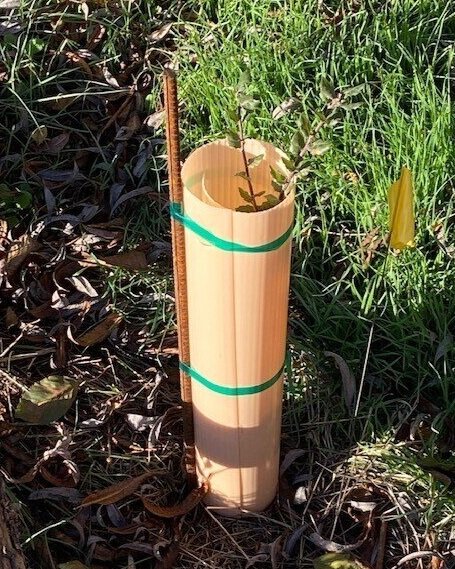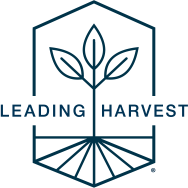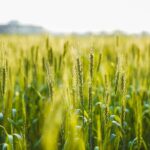Suscol Mountain Vineyards
Location:
Suscol Creek Napa,California
Years in Operation:
Five years
Leading Harvest Program User:
Nuveen Natural Capital
Size of Operation:
185 planted vineyard acres, 744 gross acres
Crop Type:
Wine Grapes

Objective 7. Conservation of Biodiversity
To manage farmland in a manner that maintains agricultural production while conserving biodiversity where appropriate or legally required.
RELEVANT INDICATORS
Indicator 7.1.2 At-Risk Species:
Program to locate and protect known viable occurrences of at-risk species on enrolled farmland. A protection program may be developed independently or collaboratively and may use easements, conservation land sales, exchanges or other conservation strategies.
Indicator 7.2.2 Ecologically Important Sites:
Participation individually or collaboratively in plans or programs that manage Ecologically Important Sites in a manner that takes into account their unique qualities.
Leading Harvest Indicators at Work
- Developing and implementing a plan to combat the invasive Himalayan blackberry plant which has engulfed the vineyard bisecting banks of Suscol Creek.
- Eradication of the blackberry shrubs will allow for the growth of native tree species such as Arroyo willow and California buckeye.
- Restoration of native trees, whose shade will moderate creek temperatures, will provide the cool water temperatures required for the suitable environment of the endangered Steelhead trout.
- Native tree species will provide shade which cools water temperatures within the creek, helping indigenous populations of steelhead trout to live and breed.

“Did you know?”
- The profitability of Suscol Mountain Vineyards will be strengthened by the removal of Himalayan blackberry as this weed species plays host to a bacterial pathogen, Pierce’s Disease, which is lethal to grapevines and can be transmitted by an insect vector.
- Reestablishing ecological balance within the Suscol Creek corridor represents a major environmental achievement which bolsters the financial bottom-line, as well as the social fabric of the surrounding community.





